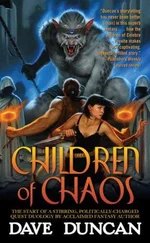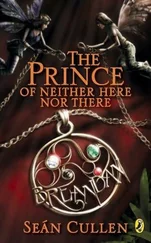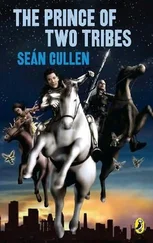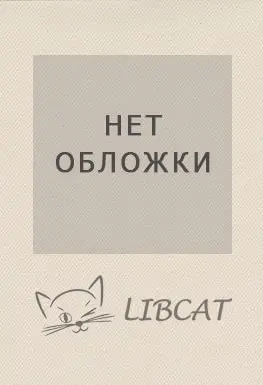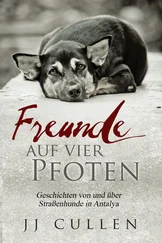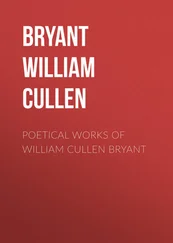Eric Dutro, Chris Morris, and a handful of other boys were pretty much the core of the TCM, but a dozen more were often associated with the TCM as well, whether they sported trench coats or not.
Eric and Dylan were not among them. Each of them knew some of the TCM kids, and Eric, especially, would become buddies with Chris. That was as close as they came.
Eventually, after the TCM heyday was over, Eric got himself a trench coat. Dylan followed. They wore them to the massacre, for both fashion and functional considerations. The choice would cause tremendous confusion.
28. Media Crime

The Trench Coat Mafia was mythologized because it was colorful, memorable, and fit the existing myth of the school shooter as outcast loner. All the Columbine myths worked that way. And they all sprang to life incredibly fast—most of the notorious myths took root before the killers’ bodies were found.
We remember Columbine as a pair of outcast Goths from the Trench Coat Mafia snapping and tearing through their high school hunting down jocks to settle a long-running feud. Almost none of that happened. No Goths, no outcasts, nobody snapping. No targets, no feud, and no Trench Coat Mafia. Most of those elements existed at Columbine—which is what gave them such currency. They just had nothing to do with the murders. The lesser myths are equally unsupported: no connection to Marilyn Manson, Hitler’s birthday, minorities, or Christians.
Few people knowledgeable about the case believe those myths anymore. Not reporters, investigators, families of the victims, or their legal teams. And yet most of the public takes them for granted. Why?
Media defenders blame the chaos: two thousand witnesses, wildly conflicting reports—who could get all those facts straight? But facts were not the problem. Nor did time sort them out. The first print story arrived in an extra edition of the Rocky Mountain News . It went to press at three o’clock on Tuesday afternoon, before the bodies in the library were found. The Rocky’s nine-hundred-word summary of the massacre was an extraordinary piece of journalism: gripping, empathetic, and astonishingly accurate. It nailed the details and the big picture: two ruthless killers picking off students indiscriminately. It was the first story published that spring to get the essence of the attack right—and one of the last.
It is an axiom of journalism that disaster stories begin in confusion and grow clearer over time. Facts rush in, the fog lifts, an accurate picture solidifies. The public accepts this. But the final portrait is often furthest from the truth.
One hour into the Columbine horror, news stations were informing the public that two or more gunmen were behind it. Two hours in, the Trench Coat Mafia were to blame. The TCM were portrayed as a cult of homosexual Goths in makeup, orchestrating a bizarre death pact for the year 2000.
Ludicrous or not, the TCM myth was the most defensible of the big media blunders. The killers did wear trench coats. A small group had named themselves after the garment a year earlier. A few kids put the two together, and it’s hard to blame them. It seemed like a tidy fit. But the crucial detail unreported Tuesday afternoon was that most kids in Clement Park were not citing the TCM. Few were even naming Eric and Dylan. In a school of two thousand, most of the student body didn’t even know the boys. Nor had many seen gunfire directly. Initially, most students told reporters they had no idea who attacked them.
That changed fast. Most of the two thousand got themselves to a television or kept a constant cell phone vigil with viewers. It took only a few TV mentions for the trench coat connection to take hold. It sounded so obvious. Of course! Trench coats, Trench Coat Mafia!
TV journalists were actually careful. They used attribution and disclaimers like “believed to be” or “described as.” Some wondered out loud about the killers’ identities and then described the TCM, leaving viewers to draw the link. Repetition was the problem. Only a handful of students mentioned the TCM during the first five hours of CNN coverage—virtually all fed from local news stations. But reporters homed in on the idea. They were responsible about how they addressed the rumors, but blind to the impact of how often.
Kids “knew” the TCM was involved because witnesses and news anchors had said so on TV. They confirmed it with friends watching similar reports. Word spread fast—conversation was the only teen activity in south Jeffco Tuesday afternoon. Pretty soon, most of the students had multiple independent confirmations. They believed they knew the TCM was behind the attack as a fact. From 1:00 to 8:00 P.M., the number of students in Clement Park citing the group went from almost none to nearly all. They weren’t making it up, they were repeating it back.
The second problem was a failure to question. In those first five hours, not a single person on the CNN feeds asked a student how they knew the killers were part of the Trench Coat Mafia.
Print reporters, talk show hosts, and the rest of the media chain repeated those mistakes. “All over town, the ominous new phrase ‘Trench Coat Mafia’ was on everyone’s lips,” USA Today reported Wednesday morning. That was a fact. But who was telling whom? The writers assumed kids were informing the media. It was the other way around.
____
Most of the myths were in place by nightfall. By then, it was a given that the killers had been targeting jocks. The target myth was the most insidious, because it went straight to motive. The public believes Columbine was an act of retribution: a desperate reprisal for unspeakable jock-abuse. Like the other myths, it began with a kernel of truth.
In the first few hours, a shattered junior named Bree Pasquale became the marquee witness of the tragedy. She had escaped unharmed but splattered in blood. Bree described the library horror in convincing detail. Radio and television stations replayed her testimony relentlessly: “They were shooting anyone of color, wearing a white hat, or playing a sport,” she said. “And they didn’t care who it was and it was all at close range. Everyone around me got shot. And I begged him for ten minutes not to shoot me.”
The problem with Bree Pasquale’s account is the contradiction between facts and conclusion. That’s typical of witnesses under extreme duress. If the killers were shooting “everyone,” didn’t that include jocks, minorities, and hat wearers? Four times in that brief statement, she described random killing. Yet reporters glommed on to the anomaly in her statement.
Bullying and racism? Those were known threats. Explaining it away was reassuring.
By evening, the target theory was dominating most broadcasts; nearly all the major papers featured it. The Rocky and the Washington Post refused to embrace the targeting theory all week, but they were lonely dissenters.
Initially, most witnesses refuted the emerging consensus. Nearly all described the killing as random. All the papers and the wire services produced a total of just four witnesses advancing the target theory Wednesday morning—each one contradicting his or her own description. Most of the papers advanced the theory with just one student who had actually seen it—some had zero. Reuters attributed the theory to “many witnesses” and USA Today to “students.”
“Student” equaled “witness.” Witness to everything that happened that day, and anything about the killers. It was a curious leap. Reporters would not make that mistake at a car wreck. Did you see it? If not, they move on. But journalists felt like foreigners stepping into teen culture. They knew kids can hide anything from adults—but not from each other. That was the mentality: Something shocking happened here; we’re baffled, but kids know . So all two thousand were deputized as insiders. If students said targeting, that was surely it.
Читать дальше


